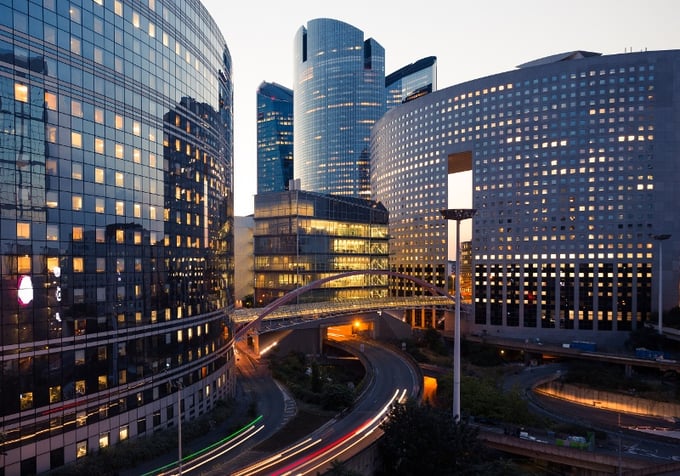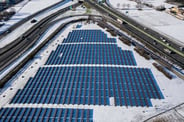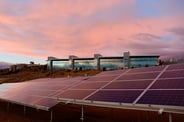If you’re one of the many businesses working towards a net zero emissions target, switching to a green electricity supply will be one of the first things on your list.
On the face of it, it’s a simple switch: most energy retailers now offer tariffs marketed as ‘100% renewable’. But the reality is rather more complicated.
Transparency in the energy market
The government is concerned that energy companies could be exaggerating their environmental credentials. It has launched a review to explore the extent of greenwashing in the sector, whether the current system is suitably transparent and whether the rules around what can be called a ‘green’ tariff remain fit for purpose.
Independent analysis by Baringa finds that around a third of the electricity supplied through so-called green tariffs in Britain is greenwashed. But how is this possible?
How are tariffs greenwashed?
Energy retailers wishing to market their tariffs as “100% green” have three options.
First, they can build their own generating assets (wind farms, for example) and “match” the output with customer demand. Second, they can purchase energy directly from independent generators, again matching it with customer demand.
In both these cases, generators are issued with REGO certificates (Renewable Energy Guarantees of Origin) for every MWh of green energy they produce. These certificates prove to the customer that enough renewable power will be put into the grid to match their own energy use.
So far, so good: this stimulates investment in renewable infrastructure and helps increase the amount of renewable energy going into the grid.
It is the third option that is problematic: REGO certificates can also be sold separately (‘unbundled’) from the energy itself. So, an energy supplier could buy all its energy from the wholesale market (a mix of dirty and clean energy) and then buy enough certificates to label it as green. Critics argue that the environmental benefits of this route are being overstated: the government’s Call for Evidence says that when customers choose this type of tariff, they are “unlikely to have a material bearing on the amount of renewable energy in the national mix.”
Is 100% renewable even possible?
The way that green tariffs are marketed also hides a simple truth, which is that unless you’re getting your energy entirely off-grid, all of us use fossil-fuel based electricity at certain points in the day or year.
This is because all the electricity generated by different sources across the country (gas, coal, solar, wind etc.) goes into the same central system, which is then distributed to homes and businesses across the country.
The reality is that trying to purchase pure green energy is like trying to drink just the apple in a mixed fruit smoothie – it’s impossible. At points of high demand when the sun isn’t shining and the wind isn’t always blowing, the system needs to draw on fossil fuel sources.
Most companies purchase REGO certificates in order to meet annual demand, meaning the production of green energy is accounted for on annual levels. So, a customer on a green tariff using electricity at a time when renewable energy is scarce (for example at a dinner time on a weekday in winter with low wind level) may have their consumption “matched” to a REGO certificate for the output of a windfarm at any time during the preceding 12 months (for example during a sunny and breezy day in summer).
The government’s call to evidence is exploring how to improve transparency around this issue. Net zero requires smarter and more flexible energy solutions, and it is vital we have a transparent accounting system which better reflects the physical realities of the electricity grid and helps businesses to make the most of low carbon generation when it is most needed.
Transparency in the energy market - Steps to take
So, what can businesses do to ensure their energy supply is as clean as possible?
They can start by demanding more visibility over their energy sources from suppliers. ENTRNCE has a technology platform that allows consumers to see half-hourly data on the output of renewable generators vs their actual consumption. We call it half-hourly matching, and it’s the future of clean energy sourcing.
When consumers are empowered with that granular level of information, they can start to better align their consumption as much as possible with green generation.
Google and Microsoft are just two of many businesses that are striving for 24/7 clean energy by tracking the source of their energy in this granular way. More will follow as calls for transparency grow to meet net zero.
If you’d like to gain more insight into your energy supply, or learn more about half-hourly energy matching, get in touch for a free, no-obligation consultation. Request your free demo here.




